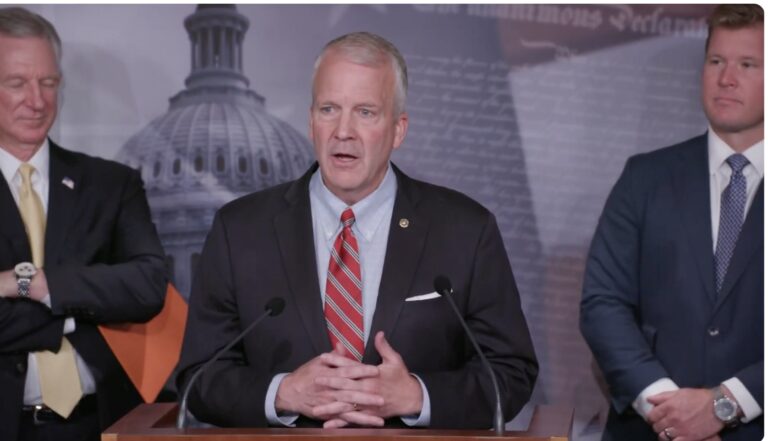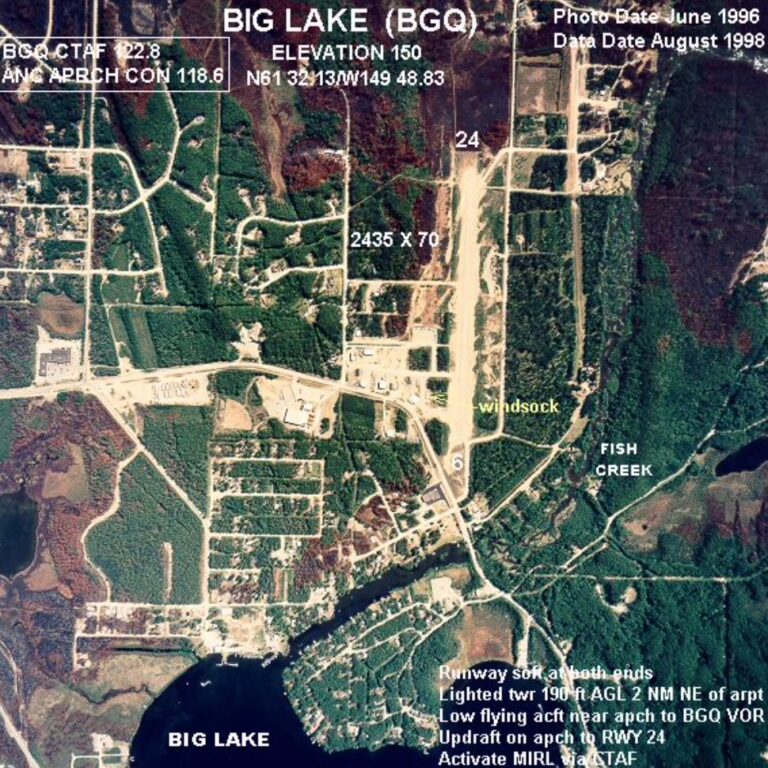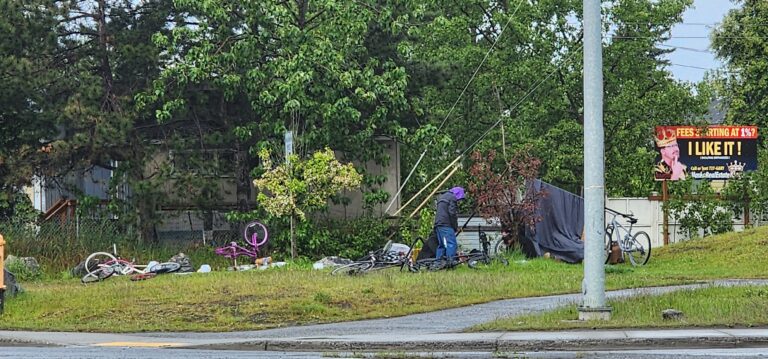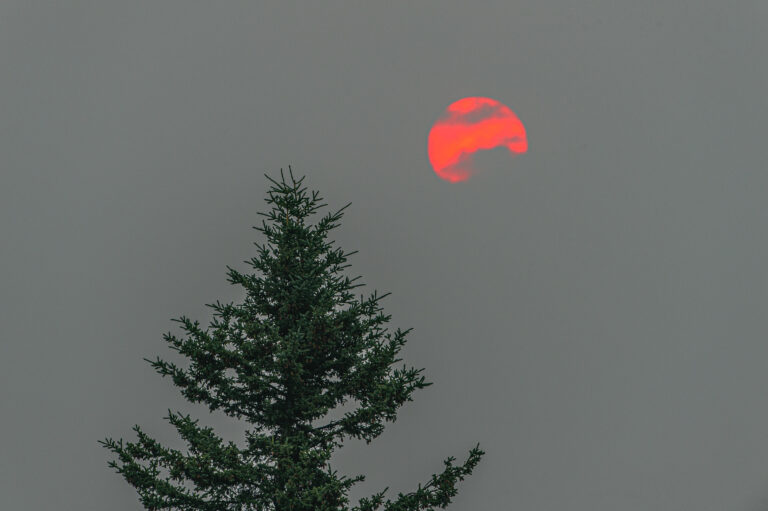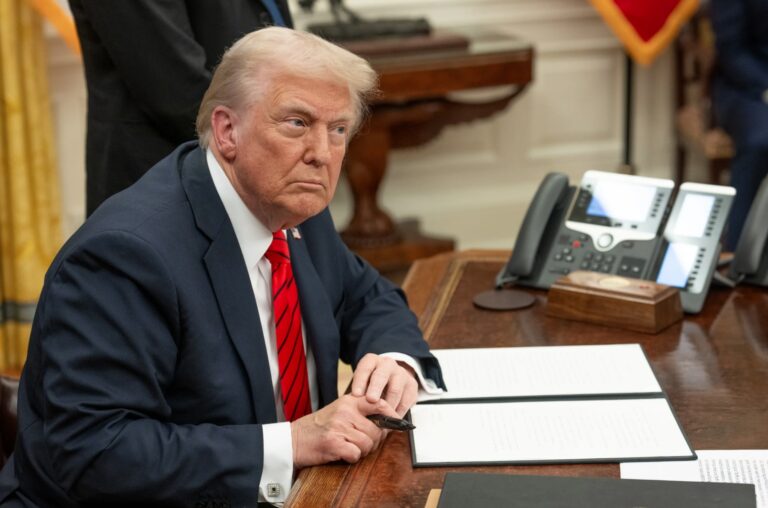Alaska’s strategic position as the cornerstone of America’s missile defense system was reaffirmed Tuesday as US Sen. Dan Sullivan and congressional colleagues introduced the GOLDEN DOME Act, a $23 billion legislative effort to modernize and expand the nation’s missile defense infrastructure. In short, it will enhance the ability to intercept incoming missiles from enemy nations or terrorists.
The “Ground and Orbital Launched Defeat of Emergent Nuclear Destruction and Other Missile Engagements (GOLDEN DOME) Act” was unveiled during a press conference in Washington, DC with co-sponsors Senators Kevin Cramer of North Dakota and Representative Mark Messmer of Indiana, who will carry the bill on the House side.
The legislation advances the missile defense vision laid out by President Donald Trump in his January 2025 executive order, which called for a layered, open-architecture defense shield capable of countering threats from adversaries such as Iran, Russia, and China.
Sen. Sullivan emphasized Alaska’s critical role in the new defense posture.
“The great State of Alaska has been — and will continue to be — the cornerstone of our missile defense system,” said Sullivan, pointing to Fort Greely’s interceptor fields near Delta Junction and the state’s expanding infrastructure.
“The escalating missile threats we’ve witnessed from the Iranian terrorist regime and the rapidly evolving threats from Russia and China demonstrate why we need this now,” he said.
The bill authorizes funding for a nationwide, layered missile defense shield integrating space-based sensors, new intercept technologies, and significantly expanded ground-based infrastructure.
For Alaska, this means continued investment at Fort Greely, already home to the country’s Ground-Based Midcourse Defense interceptors, and likely additional military construction to support expanded capabilities. The Golden Dome plan builds on such defenses, by creating, maintaining and/or revitalizing other sites as well, including the Cobra Dane — a land-based “passive electronically scanned array” radar system positioned in the Aleutian Chain.
The legislation also dovetails with the $25 billion already included in the reconciliation bill as a “down payment” toward this effort.
The bill is backed by a host of Senate Republicans, including John Hoeven (ND), Tim Sheehy (Mont.), Katie Britt (Ala.), Tom Cotton (Ark.), Marsha Blackburn (Tenn.), Tommy Tuberville (Ala.), Jim Banks (Ind.), and Tim Scott (SC).
The legislation also aims to accelerate US defenses against emerging threats, including hypersonic missiles and advanced cruise missile systems, and improve all-domain awareness, integrating land, air, sea, space, and cyber systems to provide faster detection and tracking.
With its northern latitude and proximity to potential threats from Asia and the Arctic, Alaska has long been central to America’s missile defense strategy. Fort Greely’s interceptor fields already play a pivotal role, and the GOLDEN DOME Act appears to lock in and potentially expand that role for decades.
The bill’s sponsors said they plan to move quickly to pass the GOLDEN DOME Act and deliver it to President Trump for signature.
“Alaska is a big part of [missile defense] because the location is sort of perfect,” President Donald Trump has said. Alaska is both the most western and the most eastern part of the nation, with the tip of the Aleutian Chain crossing the into the Eastern Hemisphere at Semisopochnoi Island.
